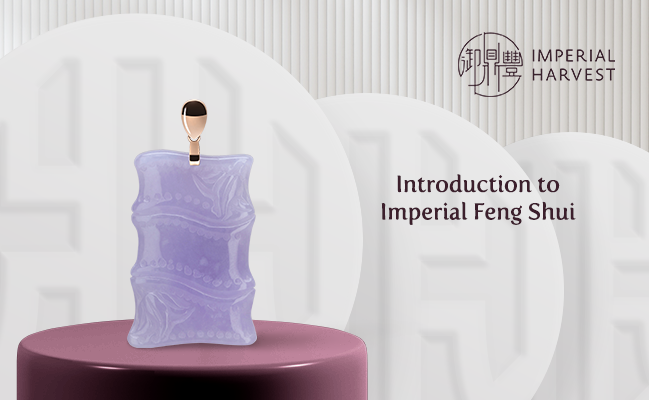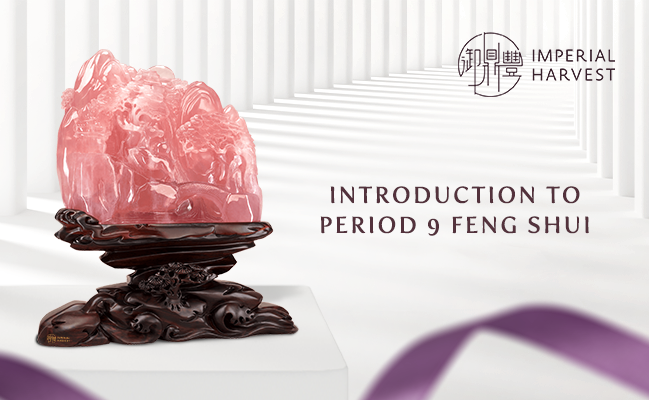Posted by Imperial Harvest on 28 April 2023
Estimated Reading Time: 5 mins
History of the Five Arts
A rich history of philosophical inquiry underlies the studies of Chinese metaphysics (中华玄学), with this rich tradition dating back to ancient China where it was concerned with discerning the nature and science of reality. Across the centuries, scholars and philosophers used their knowledge of Chinese metaphysics to understand the patterns and principles of the universe and its relationship and impact on human lives. Chinese metaphysics, while often synonymous with Feng Shui, encompasses a wide range of practices and principles.

The Five Arts, or 五术, is a fundamental concept in Chinese metaphysics, referring to five fields of study that form an essential foundation for the philosophical study of the universe and its laws. Derived from the I-Ching (易經), or the Book of Changes, the Five Arts covered ancient Chinese discussions surrounding time, space and the universe, channelling the concepts and reasonings of Yin and Yang. Early Taoist studies and practices contributed to its early development, inspiring the Five Arts to be a worthy study on its own.
The Five Arts — Mountain (山), Medicine (医), Divination (卜), Physical Inspection (相), and Destiny (命) — form the foundation of the philosophical study of the universe and its relation to human life, each with its unique history, development and traditional and modern applications.
Mountain (山)

The Art of Mountain was known as a path of self-improvement that saw its practitioners sequestering themselves into mountainous regions, immersing themselves in nature and studying ancient Chinese texts to cultivate the mind.
In the Art of Mountain, methods such as maintaining dietary habits, meditation and martial arts were thought to achieve an optimal state in one’s physical and mental capabilities. Maintaining dietary habits involved using foraged food and balanced nutrition to enhance physical strength and alleviate illnesses, while meditation involved using mindfulness techniques to strengthen the mind.
The study of ancient texts, such as those by Lao Zi (老子) and Zhuang Zi (庄子) also strengthened the mind by stimulating and encouraging philosophical perspectives. At the same time, martial arts training was used to strengthen the body and overall mental-physical health to promote personal growth.
In summary, the Art of Mountain focuses on philosophies that utilise various methods, including mental and physical, to develop a well-rounded personality.
History of Mountain in Ancient China
Originating during the Spring and Autumn Period (771 to 476 BCE), the imperial Art of Mountain in ancient China is rooted in Taoist principles, notably influenced by Lao Tzu’s Tao Te Ching《道德经》. This foundational text not only shaped the philosophy of the Art of Mountain but became a cornerstone of Taoist thought.
Yang Yun Song, a luminary of the Tang dynasty, authored several key texts during his seclusion in the mountains, including the Shaking Dragon Classic《撼龙经》, Uncertain Dragon Classic《疑龙经》and Heavenly Jade Classic《天玉经》. He based his observations on travelling through mountainous regions of China, and these principles were formed from his recordings of mountainous villages and communities, and their effects on the population.
Lu Ban (鲁班), the foremost Chinese architect, structural engineer, and inventor recognised that Nature inspired structure. His thoughts were later compiled by the historian Guo Pu (郭璞) in the classic text, “Book of Burial”《葬书》— which detailed the principles of geomancy and the methods for locating auspicious sites for buildings and significant landmarks.
These classics became foundational texts in the study of Chinese metaphysics, contributing to shaping the landscape and destiny of imperial China. In later years, these texts laid the groundwork for the evolution of Imperial Feng Shui studies throughout the Tang, Song, Yuan, Ming, and Qing dynasties.
Modern Applications for the Art of Mountain
Today, the principles of the Art of Mountain have seamlessly woven into modern wellness and fitness routines, such as yoga, Tai Chi, and meditation. These practices centred on achieving mental and physical balance, drawing from the wisdom of the Art of Mountain. Martial arts disciplines such as Ba Gua Zhang, Tai Chi, and Xingyi Quan were both a means of self-defence and powerful tools for enhancing overall well-being.
This art’s profound respect for nature resonates with ongoing environmental conservation efforts and sustainable living philosophies, providing invaluable wisdom and methodologies for nurturing holistic health, promoting environmental consciousness and fostering a balanced lifestyle.
Medicine (医)
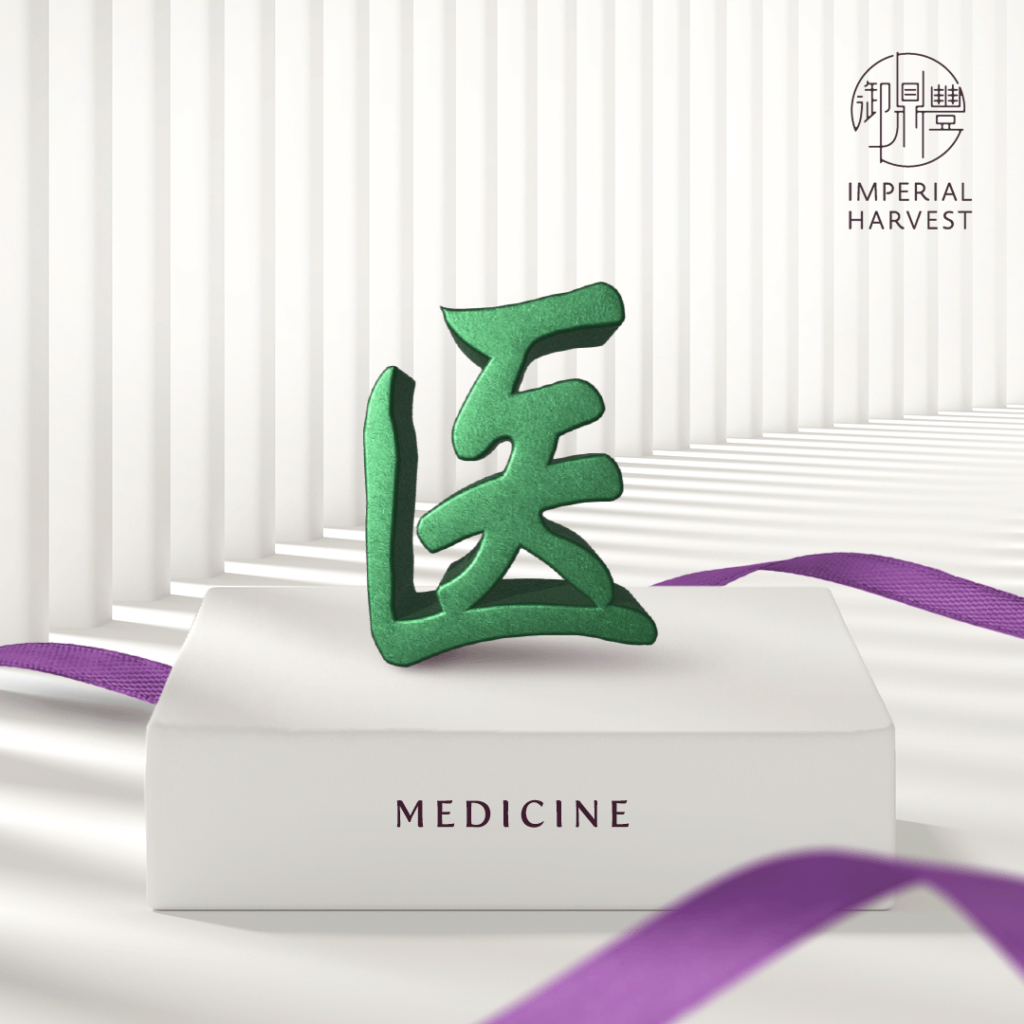
The art of Medicine refers to the study and practice of traditional Chinese medicine. It delves into matters of health, focusing on methods of curing disease, ailments, illnesses and physical diagnosis.
Within this study, the principles of Qi, Yin and Yang, and the Five Elements underpin a practitioner’s understanding of an individual’s health and well-being. While its research and studies are strongly linked to the Bagua (八卦), I-Ching and the relationships between the Five Elements, examples of its methods take the form of Traditional Chinese Medicine, acupuncture (针灸) or herbal medicine (草药).
History of Medicine in Ancient China
The Warring States period (476 to 221 BC) was met with the emergence of several schools of thought regarding the art of Medicine, including “Yellow Emperor’s Inner Cannon”《黄帝内经》— an ancient Chinese medical text highly respected as the fundamental source for doctrines in Chinese medicine for more than two millennia. The work, comprising two separate volumes, establishes the theoretical basis of traditional Chinese medicine, and its diagnostic methods and discusses acupuncture in Chinese medicine.
During the Han dynasty (202 BC to 9 AD, 25 to 220 AD), acupuncture and herbal medicine became more prominent methods of medical treatment and maintaining health. During this period, Zhang Zhongjing (張仲景), a Chinese pharmacologist and one of the most eminent Chinese physicians during the late Han dynasty authored “Treatise on Cold Pathogenic and Miscellaneous Diseases”《伤寒杂病论》— which became a foundational text for the advancement of Chinese medicine.
The Tang dynasty saw the emergence of pulse diagnosis as a diagnostic method in Chinese medicine, alongside the use of moxibustion in treating ailments. At this time, Sun Simiao, a physician and Taoist monk renowned for his significant contributions to Chinese medicinal knowledge and compassion towards his patients authored the “Essential Formulas Worth a Thousand in Gold for Emergencies” 《備急千金要方》— which detailed medical disorders, diagnoses, treatments and remedies.
The publication “Compendium of Materia Medica”《本草纲目》compiled by Li Shizhen (李时珍) during the Ming dynasty (1368 to 1644 AD) — an encyclopaedic gathering of knowledge surrounding Chinese medicine, natural history and herbology — came to be acknowledged as the foundation for what we recognise today as traditional Chinese medicine.
Modern Applications for the Art of Medicine
Today, traditional Chinese medicine is widely practised worldwide, with treatments that include herbal remedies, acupuncture, moxibustion, cupping, and Tui Na massages. As an alternative medical practice, traditional Chinese medicine has been the subject of research and clinical trials worldwide, with studies investigating its efficacy for conditions such as chronic pains, infertility and cancer.
Divination (卜)
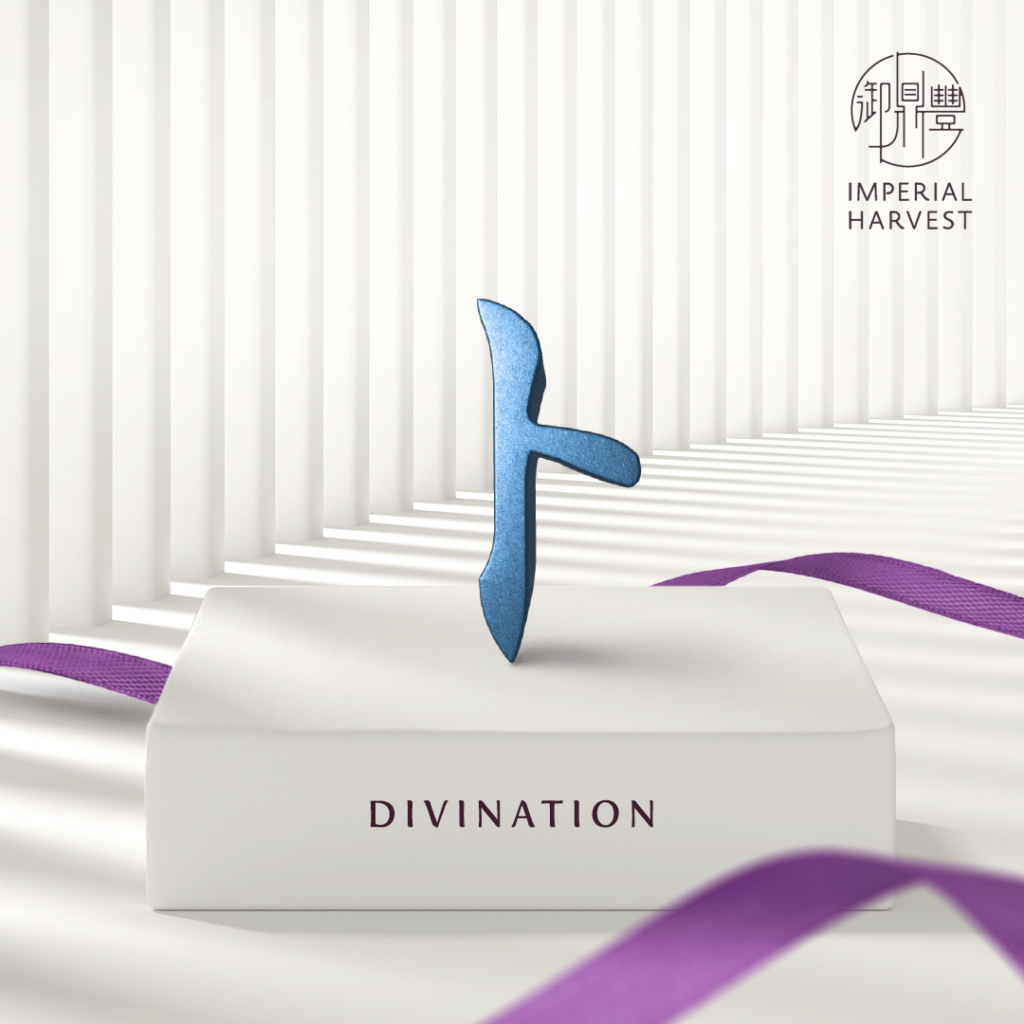
The art of Divination has a long history in Chinese metaphysics, widely used by prominent military and political figures, such as Zhuge Liang (诸葛亮), Li Chunfeng (李淳风), Liu Bowen (刘伯温), and Zeng Guofan (曾国藩), to strategise their victories. According to ancient texts, this art form manifests in three main methods: fortune telling, auspicious date selection and the analysis of the cosmic flow of energy.
History of Divination in Ancient China
According to Chinese legends and mythology, Fu Xi (伏犧) is widely credited with the creation of the I-Ching, setting the foundation for Chinese divination practices.
The refining of divination practices during the Zhou dynasty (1046 to 256 BC) was associated with the use of the I-Ching as a divination tool. Following this in the latter half of the Zhou dynasty, Confucious (孔子), a paragon of Chinese sages, philosophised that the I-Ching was a tool of personal reflection and ethical guidance. The Qin dynasty saw the outlaw of divination, although it continued to be practised underground.
It was not until the Tang dynasty (618 to 907 AD) that divinatory arts saw a resurgence in the socio-cultural fabric of dynastic China, with the reintroduction of various forms of divination such as Na Jia divination (纳甲筮法), Plum Blossom Divination (梅花易数) and the Three Styles — Liu Ren (六壬), Tai Yi Divine Numeration (太乙神) and Qi Men Dun Jia (奇门遁甲). The Tang dynasty under Emperor Taizong’s rule additionally experienced advancements in divination, in part due to Emperor Taizong’s consultations with diviners and astrologers in making inspired decisions, resulting in the publication of the treatise based on the I-Ching, “Early Heaven Bagua”《先天八卦》.
Modern Applications for the Art of Divination
While divination methods remain widely used today for personal guidance, some techniques have been adapted for more contemporary use in business and finance. For example, Qi Men Dun Jia (奇门遁甲) is used as a method of guidance in making business, trade or investment decisions, in career or academic pursuits.
Qi Men Dun Jia is a calculation tool used to accurately select an auspicious, yet exact time and direction to take action and produce a desired result. This widely used tool utilises astronomical observation and consists of various aspects of Chinese metaphysics, creating strategies as solutions.
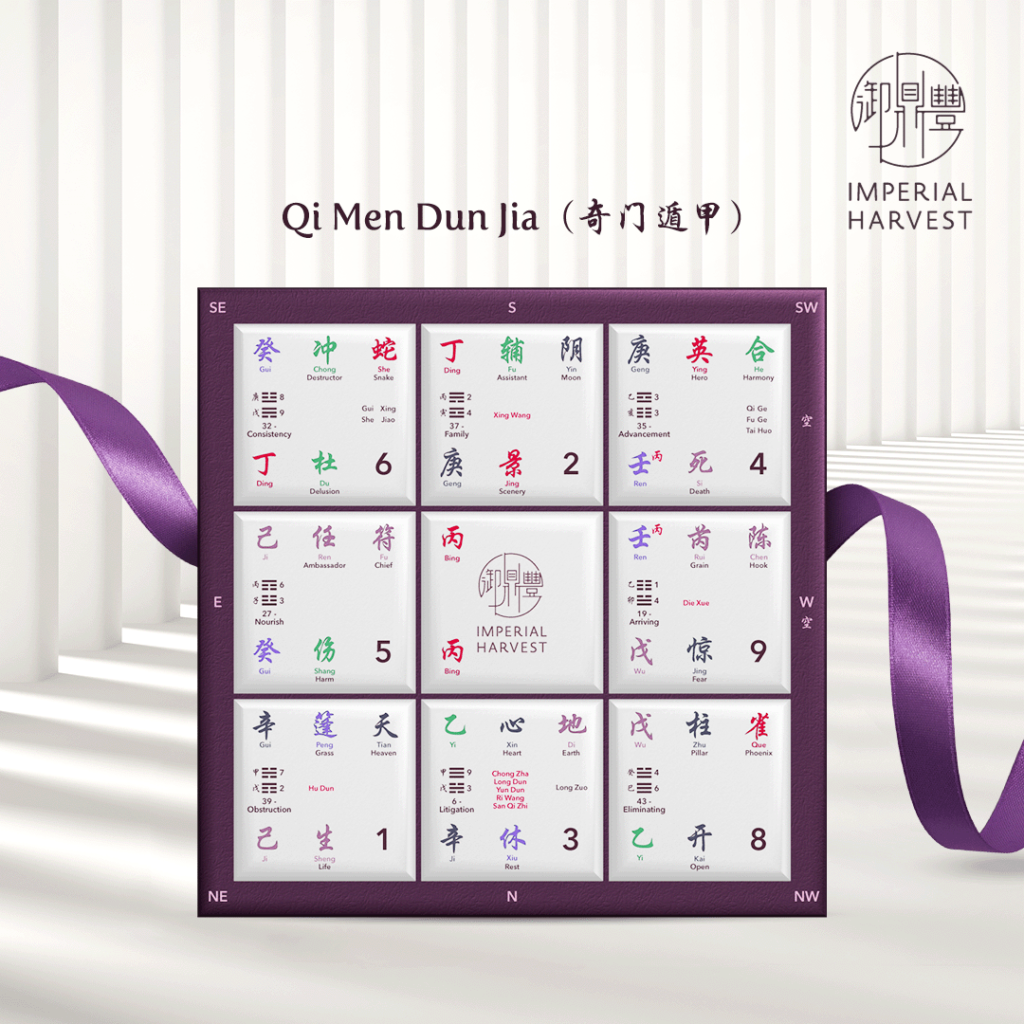
Qi Men Dun Jia comprises three components: Qi (奇), Men (⻔) and Dun Jia (遁甲). Qi refers to three specific Heavenly Stems: Yi (乙), Bing (丙) and Ding (丁). Men, translates to “Door”, and expresses an individual’s interpersonal relationships. Dun Jia refers to the other six Heavenly Stems: Wu (戊), Ji (己), Geng (庚), Xin (辛), Ren (壬) and Gui (癸) — all of which hide the remaining Heavenly Stem, Jia (甲).
Physical Inspection (相)

The study of Physical Appearance refers to the study of physical forms or physical inspection of an individual. This art form includes different categories of physical inspection.
名相 (míng xiāng) is the examination of an individual’s or shop’s name through the analysis of the Five Elements and other divination techniques.
印相 (yìn xiàng) refers to the observation of an individual’s seal to determine their destiny. Throughout China’s history, seals have played key roles in the establishment of different dynasties, coming to be recognised as a symbol of power, and a mark of endorsement from the Chinese emperors.
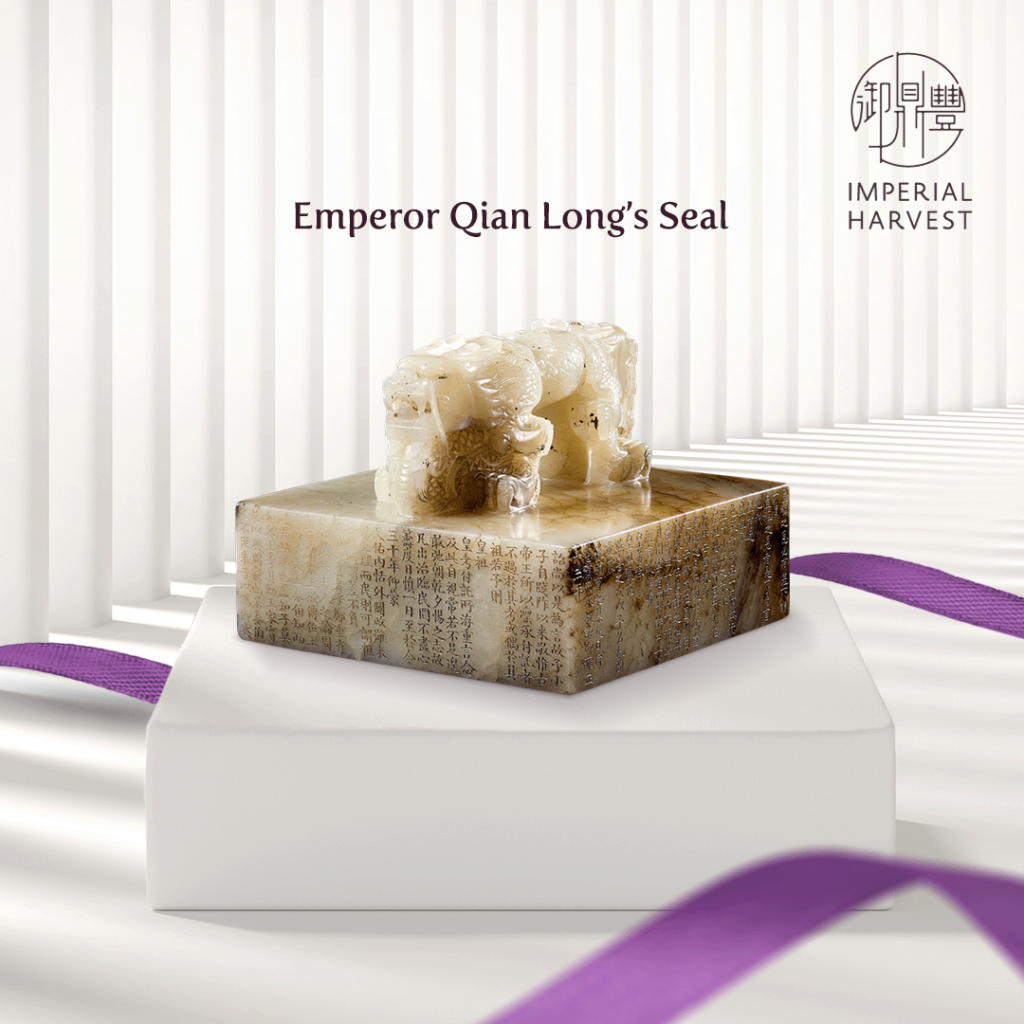
Physical Inspection may include the inspection of physical spaces. For example, 家相 (jiā xiāng) analyses the layout of a home to determine the quality of its Feng Shui, as well as the fortunes of its occupants. Another category of Physical Inspection includes 墓相 (mù xiāng) refers to the placement of ancestral tombs, to ensure good fortune for the family’s future generations.
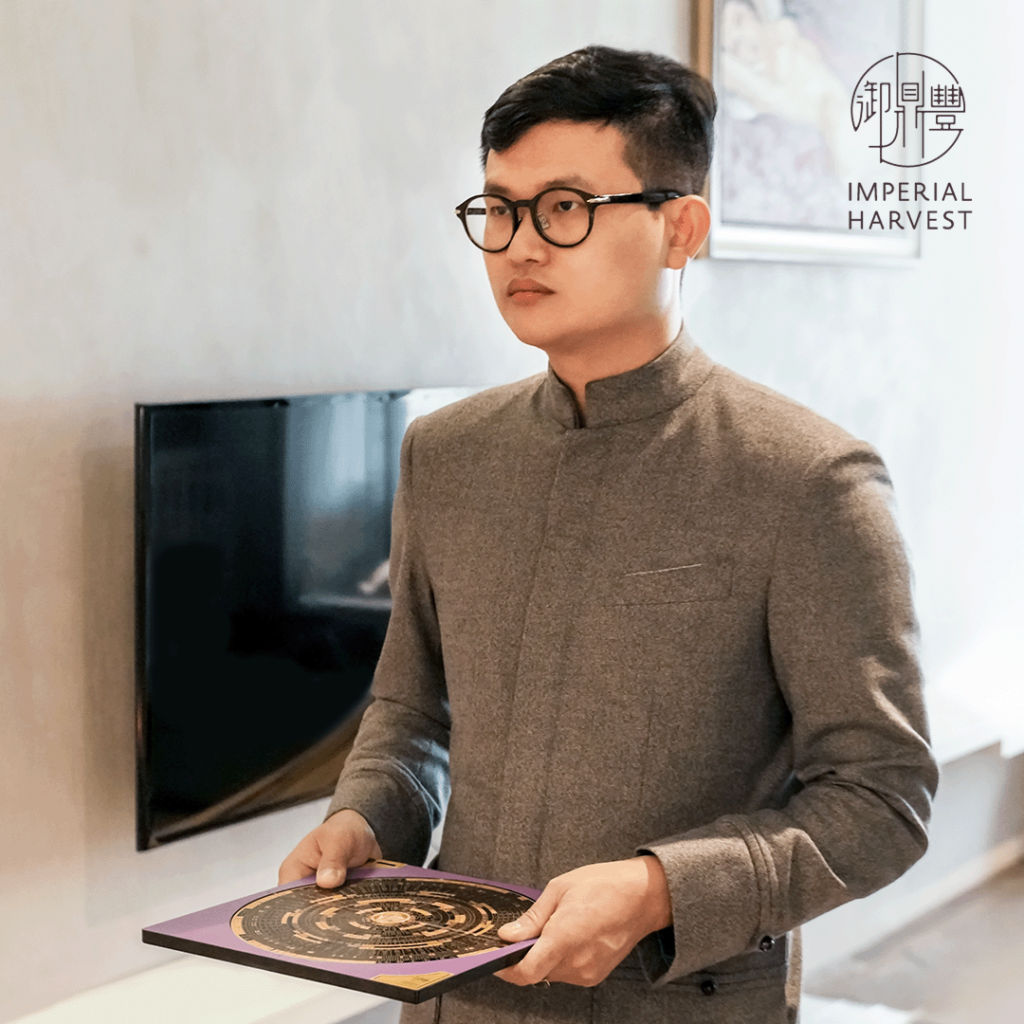
人相 (rén xiāng) refers to the practice of reading an individual’s physical appearance, on the basis that an individual’s outward appearance is a reflection of their inner nature, which can be used in gaining insight into their personality and in predicting their inherent potential. This branch encompasses two well-known examples: Palmistry, the practice of divination through the study of the palm and Face Reading.
History of Physical Inspection in Ancient China
The earliest known writings surrounding the practices of Physical Inspection date back to as early as the Shang dynasty, the first established ruling dynasty of China in recorded history. During the Qin dynasty, Physical Inspection practices were associated with superstition and were consequently prohibited.
During the Zhou dynasty, Guan Zhong (管仲), a philosopher and chancellor to the Duke Huan of Qi, was known for his disposition for physiognomy — able to read an individual’s personality through their appearance.
The philosopher, politician and author Dong Zhongshu (董仲舒) penned “Luxuriant Dew of the Spring and Autumn Annals” 《春秋繁露》, which drew upon Chinese metaphysical concepts like the Five Elements and included teachings on physiognomy and its use in the selection of capable government officials.
The Song dynasty (960 to 1279 AD) saw the peak of Physical Inspection methods in dynastic China, with the development of the “Three Physiognomies” system that utilises facial features, body shape and mannerisms to determine an individual’s character and potential.
Modern Applications for the Art of Physical Inspection
The principles of Physical Inspection are still widely used today, with contemporary practitioners adapting such techniques for use in fields such as business and dating. Even the use of facial recognition technology in law enforcement, marketing or technology fields could be seen as a contemporary application of physiognomy.
Destiny (命)
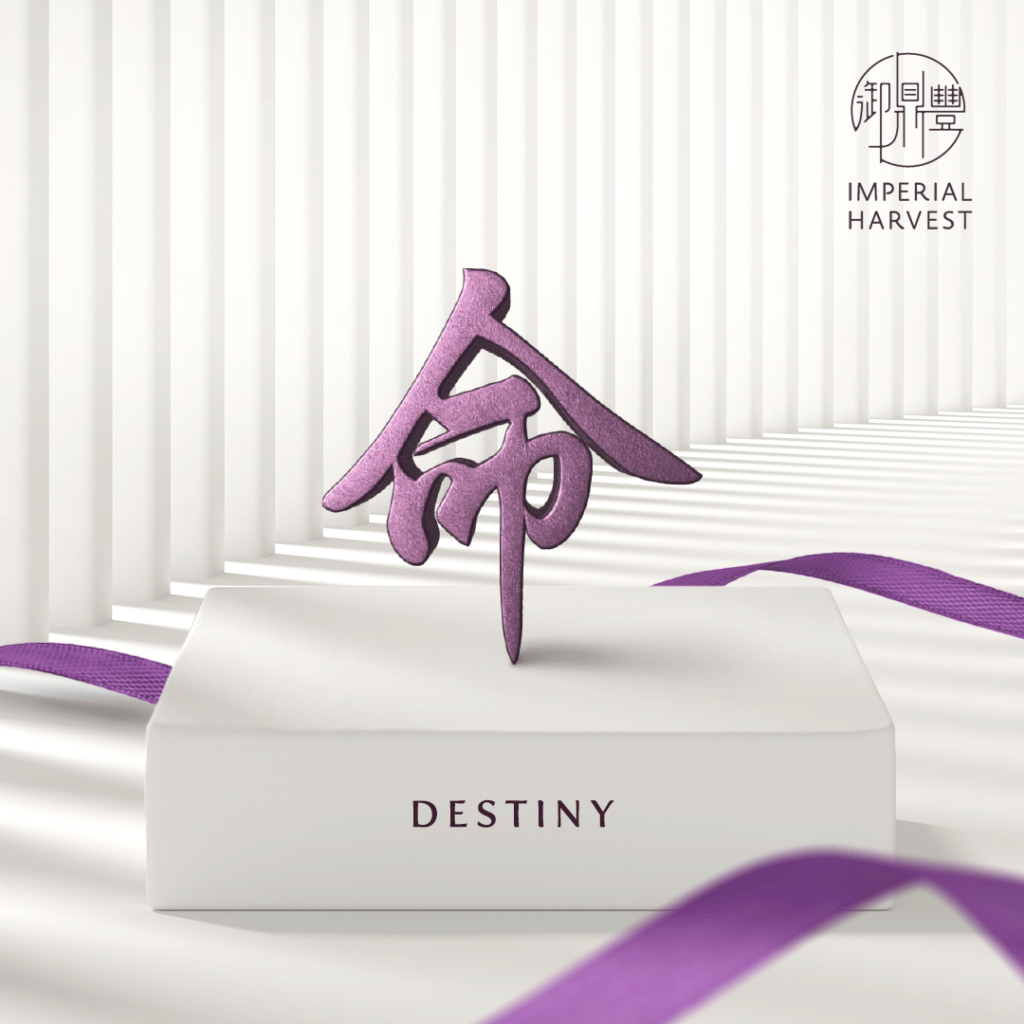
A key aspect of the Five Arts, the art of Destiny refers to the study of fate calculation. This branch of the Five Arts refers to the influence of cosmic forces on the fates and fortunes of people. Destiny practices have been extensively observed throughout documented Chinese history — its methods were practised widely by members of the ruling elite and circles of nobility alike, who used this knowledge to implement and provide guidance and insight into their strengths, weaknesses, and potential for success.
History of Destiny in Ancient China
Astrology, a major proponent of Destiny practices, underwent developments during the Western Zhou dynasty (1045 to 771 BC) as a method for future prediction, and in determining auspicious calendar dates.
The Han dynasty saw the development of the Four Pillars of Destiny (八字) system and its use in determining an individual’s fate through their birth information and location. Emperor Wu, who reigned during the Han dynasty consulted astrologers and diviners on important decisions, eventually developing the Nine Star Qi (九星气学) system as a popular modality in Destiny practices alongside astrology.
A widely renowned method of destiny analysis, Purple Star Astrology (紫微斗数) emerged during the Tang dynasty. This method is thought to have originated from Lu Chun Yang (吕纯阳), before being further developed by Chen Xi Yi (陳希夷) during the Song dynasty, followed by Luo Hong Xian (罗洪先) in the Ming dynasty, resulting in its present-day practice.
The Ming dynasty also produced two prominent figures in the art of destiny analysis. Liu Bowen, a military strategist and philosopher, was known for his expertise in divination and destiny analysis — having used these skills in devising successful military campaigns and strategies. Jiang Da Hong (蒋大鸿), a Taoist master, authored “The Secret of the Golden Flower”《太乙金華宗旨》, which included teachings and commentary on astrology and Bazi.
Modern Applications for the Art of Destiny
Today, the art of destiny analysis encompasses the presumption of an individual’s fate in pursuit of abundance, prosperity and progress. Its more renowned methods include Bazi (八字) and Purple Star Astrology (紫微斗数), which have been widely adapted for use in Feng Shui analyses, business and marketing consulting, and life coaching.
The Five Arts, today
In conclusion, the Five Arts form an integral branch of Chinese metaphysics, with unique histories, developments and applications as detailed as that of the Chinese civilisation itself. Today, the Five Arts have evolved and adapted to a contemporary lifestyle, and continue to be used in different forms to provide a comprehensive understanding of the universe and our place within it.

At Imperial Harvest, Master David’s rich and multi-generational in Imperial Feng Shui has fostered his knowledge and expertise in the Five Arts of Chinese metaphysics. As an architect of contemporary Imperial Feng Shui, Master David has distilled the principles of the Five Arts into the methodology behind Imperial Harvest, catalysing breakthrough success within our family of blessed clients through effective Imperial Feng Shui solutions.
Imperial Harvest’s expert consultants are always on hand to guide you on your journey and provide you with insights to help you realise your fullest potential. Book a complimentary consultation today or contact us at +65 92301640.
We are located at
For prospective clients:Imperial Harvest402 Orchard Road
Delfi Orchard #02-07/08
Singapore 238876 For existing clients:Imperial Harvest Prestige
402 Orchard Road
Delfi Orchard #03-24/25
Singapore 238876
Most Read Articles
Get to read our life changing articles and get inspired.
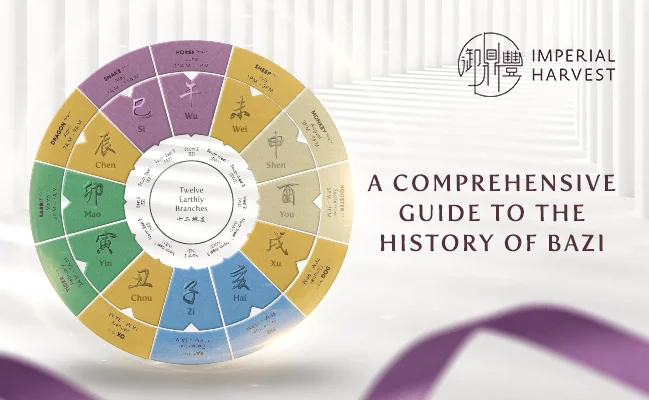
A Comprehensive Guide to the History of Bazi (八字)
Estimated Reading Time: 5 mins Bazi (八字) is often mistakenly assumed as the Chinese counterpart of western Astrology. The similarities between both systems lie in their utilisation of birth dates and time in their calculations, and the ability to be read from a tabulated chart. Where Astrology may take into account the positions of different […]
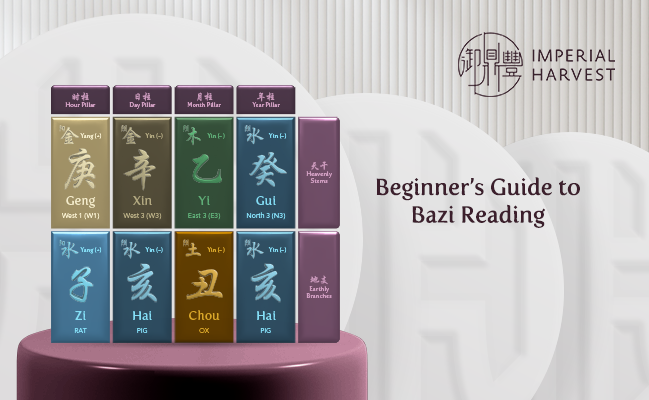
Beginner’s Guide to Bazi Reading
Estimated Reading Time: 5 mins Bazi (八字), or the Four Pillars of Destiny, is a multidisciplinary study in Imperial Feng Shui. It encompasses a well-developed set of metaphysical principles based on planetary influences, the duality of Yin and Yang, and the Five Elements. What is a Bazi Reading? Bazi is an intricate discipline within Imperial […]
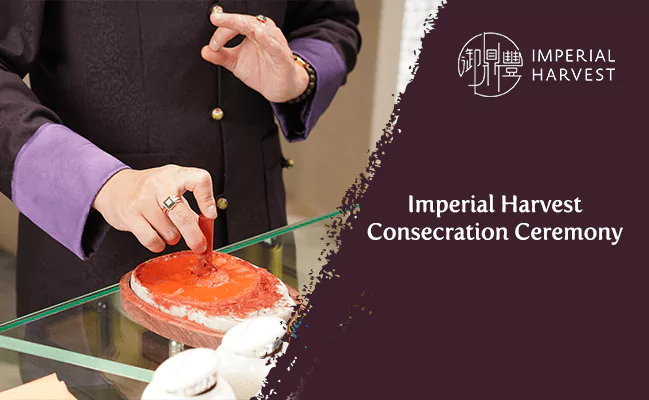
Imperial Harvest Consecration Ceremony
Estimated Reading Time: 5 mins At Imperial Harvest, each earthly treasure undergoes a series of consecration rites performed by Master David, before it is bestowed upon its blessed owner. Every aspect of these sacred Chinese anointing rituals is carefully examined and accurately represented in Master David’s blessings, reflecting Imperial Harvest’s deep respect for these esteemed […]
